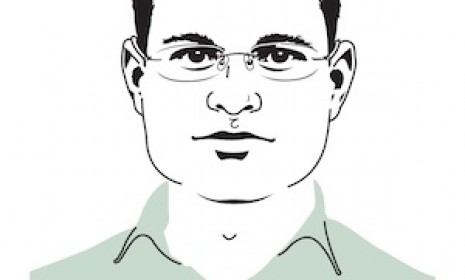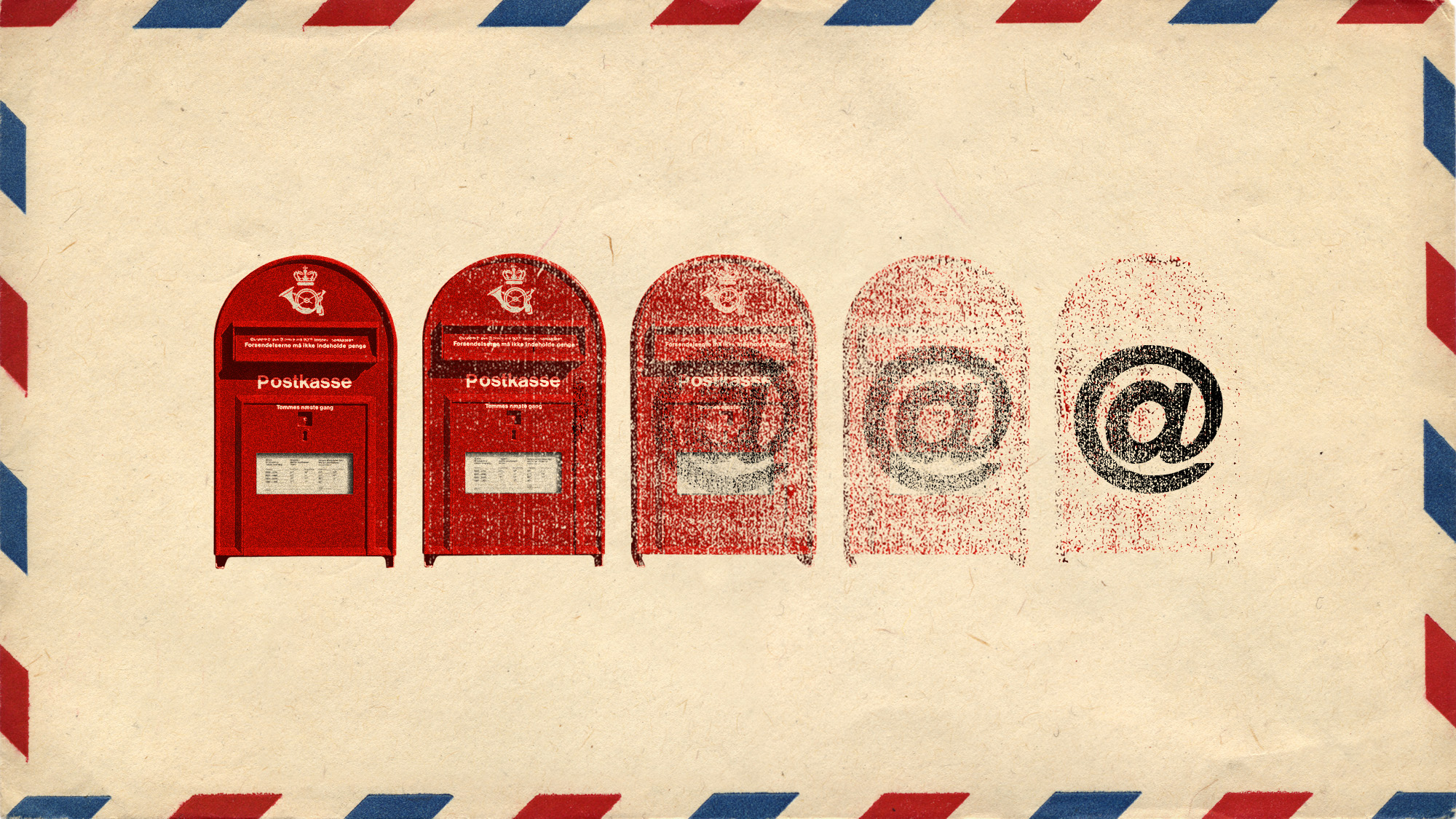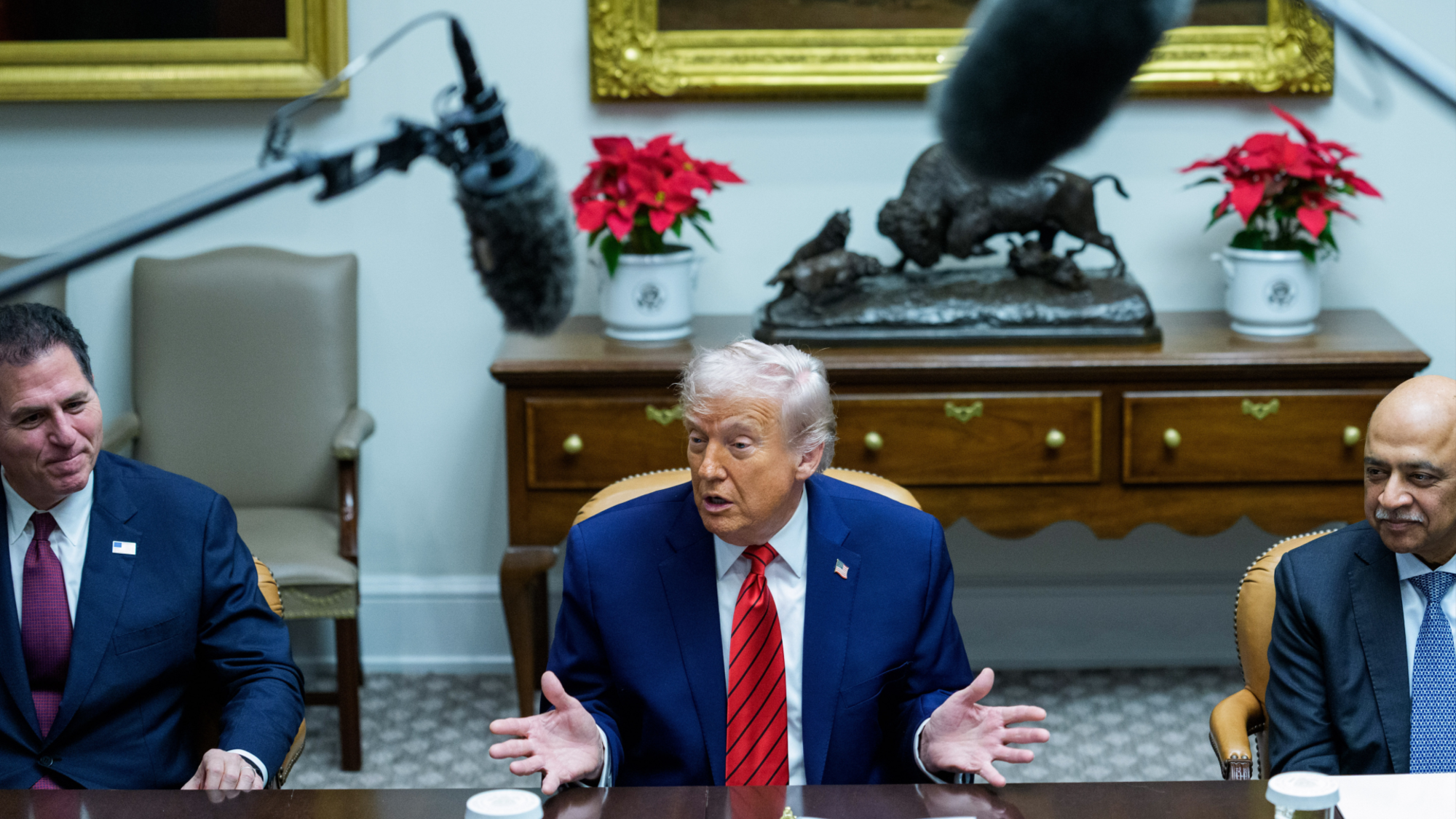Inside the secret world of America's top eavesdropping spies
Officially, the Special Collection Service doesn't exist. Unofficially, its snoops travel the world intercepting private messages and cracking high-tech encryptions


Soon, Congress will begin drafting legislation reauthorizing the Foreign Intelligence Surveillance Act, which serves as the legal framework for domestic espionage against external threats. And while FISA doesn't affect spy activities overseas, the attention it generates will shift scrutiny to the National Security Agency and its growing and astonishing capabilities. The NSA, the intelligence arm of the United States responsible for eavesdropping and code breaking, weathered criticism and high-profile legal challenges in 2005 for its warrantless wiretapping program, and now we have a decent idea of the sophisticated and controversial methods the NSA employs to penetrate global telecommunications networks. Still in the shadows, however, is a secretive joint program with the Central Intelligence Agency codenamed F6, but better known as the Special Collection Service.
The men and women of the Special Collection Service are responsible for placing super-high-tech bugs in unbelievably hard-to-reach places. Data collected is then transmitted to the National Security Agency for decryption and analysis. John Pike of the Federation of American Scientists put it best: "When you think of NSA, you think satellites. When you think CIA, you think James Bond and microfilm. But you don't really think of an agency whose sole purpose is to get up real close and use the best technology there is to listen and transmit. That's SCS."
The men and women of the Special Collection Service are responsible for placing super-high-tech bugs in unbelievably hard-to-reach places.
The Week
Escape your echo chamber. Get the facts behind the news, plus analysis from multiple perspectives.

Sign up for The Week's Free Newsletters
From our morning news briefing to a weekly Good News Newsletter, get the best of The Week delivered directly to your inbox.
From our morning news briefing to a weekly Good News Newsletter, get the best of The Week delivered directly to your inbox.
Officially, the Special Collection Service doesn't exist, and isn't headquartered in a guarded complex on a densely forested 300-acre lot outside of Beltsville, Md. But according to journalist James Bamford, the organization was founded in 1978 to bridge the NSA's ability to infiltrate foreign networks and the CIA's ability to penetrate foreign countries. (Its leadership alternates between the director of the NSA and the director of the CIA.) At the Beltsville facility, special tactics for tradecraft are devised, and a kind of mad scientist's laboratory develops new technologies for use in the field.
The Special Collection Service is everywhere. In 1999, teams known as Special Collection Elements infiltrated Afghanistan to monitor al Qaeda training camps near Khost. That same year, they tapped Pakistan's communications grid to listen for traffic on its nuclear arsenal. After the U.S. invasion of Iraq in 2003, General Keith Alexander, director of the National Security Agency, sent Special Collection Elements to supplement the U.S. Joint Special Operations Command in Balad. (The director personally spoke with General Stanley McChrystal, then-commander of JSOC, by secure video teleconference at least once a week.)
But long before al Qaeda pinged U.S. radars, the Special Collection Service was invading communications networks of friend and foe alike, performing what journalist Bob Woodward described as "espionage miracles, delivering verbatim transcripts from high-level foreign-government meetings in Europe, the Middle East, and Asia." As far back as the 1980s, Special Collections Elements were using a technique whereby invisible lasers are pointed at windows from safe houses hundreds of feet away. Conversations are then deciphered and recorded by measuring only the vibrations in the glass of the target windowpane.
How exactly do these missions go down? Based on what we know, they look something like this: Special Collection Elements made up of two to five people rotate into U.S. embassies around the world, working undercover as Foreign Service officers or members of the Diplomatic Telecommunications Service. When State Department cover is impossible, the agents enter countries under the guise of businesspeople. Some U.S. embassies are known to house dedicated facilities for Special Collection Elements to use as bases of operations. In other situations, and when circumstances dictate, they work surreptitiously, assembling elaborate listening devices from discrete, seemingly everyday components. (Bamford reports one item previously used: An umbrella that expands into a parabolic antenna.)
A free daily email with the biggest news stories of the day – and the best features from TheWeek.com
Once deployed, Special Collection Elements put technology developed in Beltsville into practice. One such known system is ORATORY, first used extensively during the Gulf War, and likely still operational in some variation. After locating mission objectives, Special Collection Elements place antennas in nondescript locations and ORATORY goes "up" on the target. The device is given key words to listen for, and when those topics come up by phone or in person, the system captures the conversations for analysis.
The Special Collection Service also completes so-called "black bag jobs." Intercepts are often encrypted, and it takes time to decipher, translate, and identify useful information. So sometimes, it's easier to simply break into a building and install a hidden microphone, whereupon intelligence can be gathered and voices recorded before encryption ever takes place. Sensitive listening devices can be dropped into computer keyboards, recording the unique clicks of each key for use in reconstructing everything typed. When a lock pick is too risky, however, locals are sometimes bribed to do the dirty work. Agents might be tasked with something as small as planting a bug, or as large as compromising a nation's entire information infrastructure.
The utility of the Special Collection Service is self-evident. While the raw computing power found at National Security Agency headquarters seems limitless, signals intelligence has always been a cat-and-mouse game. Every time the United States finds a way into foreign networks, or deciphers some elaborate encryption, foreign powers find a way to shut us out again. It's been that way since the NSA's precursor, the Armed Forces Security Agency, operated out of the Arlington Hall Junior College for Women. Having someone on the ground, and eyes (and ears) on a target effectively bypasses most technological shielding.
In the coming months, as FISA is reconsidered and pointed questions are rightfully asked of the National Security Agency — about what its quantum computers can and cannot do, and what its massive data centers do and do not store — it's worth remembering that signals intelligence is not collected entirely from a Panopticon in Maryland. Don't forget the daring, intimate work of the Special Collection Service, and the men and women secretly in the field around the world.
David W. Brown is coauthor of Deep State (John Wiley & Sons, 2013) and The Command (Wiley, 2012). He is a regular contributor to TheWeek.com, Vox, The Atlantic, and mental_floss. He can be found online here.
-
 Denmark scraps letters and its iconic red postboxes
Denmark scraps letters and its iconic red postboxesUnder the Radar Danish posties say ‘farvel’ to 400 years of tradition but can Royal Mail weather the storm?
-
 What role will Trump play in the battle over Warner Bros. Discovery?
What role will Trump play in the battle over Warner Bros. Discovery?Today’s Big Question Netflix and Paramount fight for the president’s approval
-
 ‘The menu’s other highlights smack of the surreal’
‘The menu’s other highlights smack of the surreal’Instant Opinion Opinion, comment and editorials of the day
